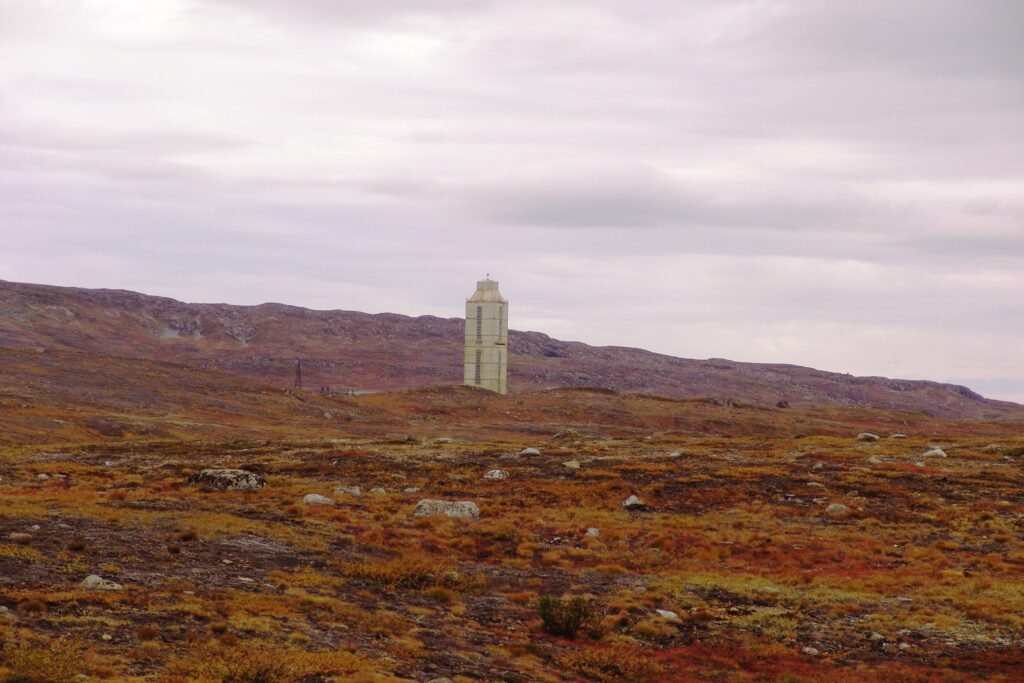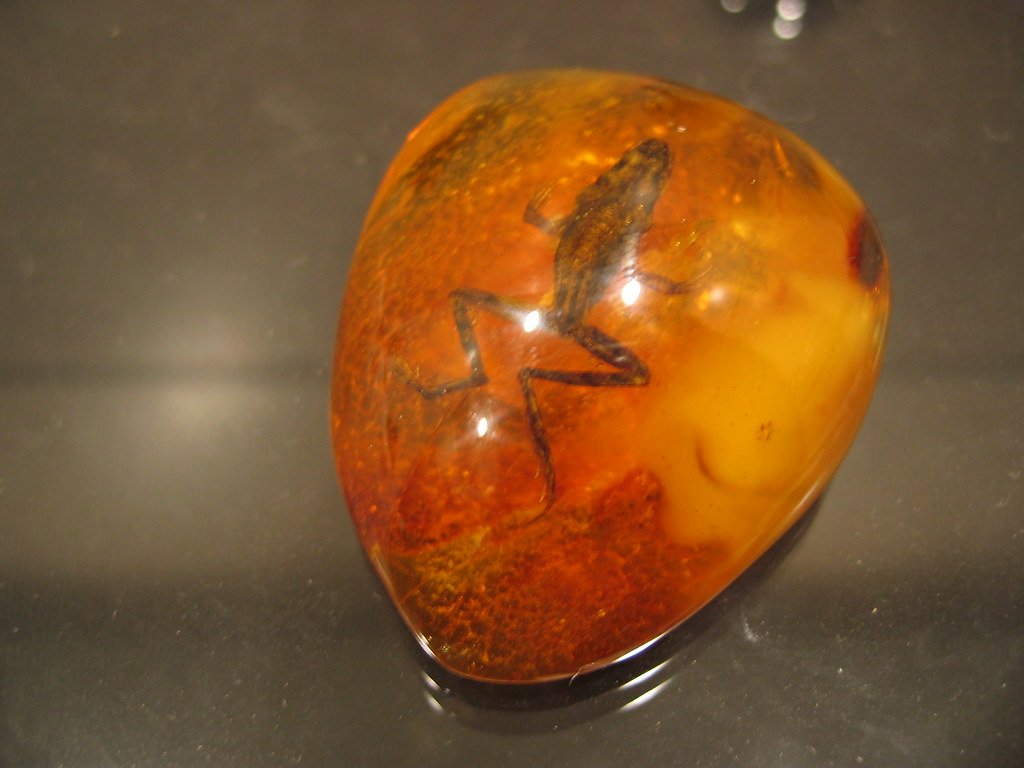Picture this: you’re exploring the most mysterious frontier on Earth, not by launching into space, but by digging straight down through the very ground beneath your feet. While NASA was racing to reach the moon in the 1960s, Soviet scientists embarked on an equally ambitious journey in the opposite direction. Their destination wasn’t the stars above, but the dark depths below. What they discovered during their twenty-four-year quest would challenge everything we thought we knew about our planet’s inner workings.
The Kola Superdeep Borehole became the deepest human-made hole on Earth, reaching a maximum depth of 12,262 metres in 1989. Though that’s deeper than Mount Everest is tall, this incredible achievement represents just a fraction of the journey to Earth’s center. So let’s dive in and explore what happened when humans tried to tunnel their way toward the planet’s core.
The Cold War Race to Earth’s Core
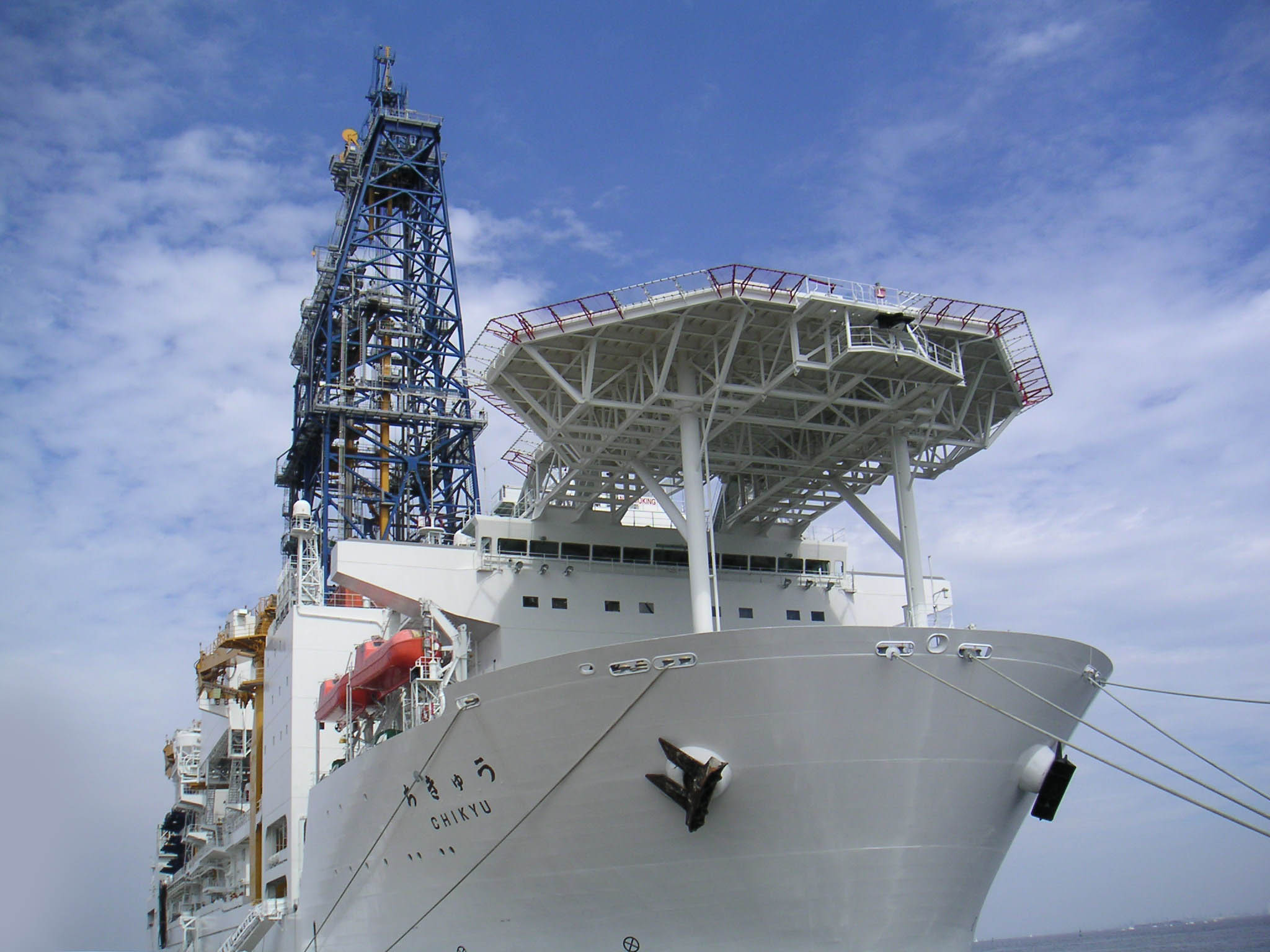
In the late 1950s, at the start of the Space Race, the U.S. and Soviet Union began a different contest: to see who could go deeper into the Earth, perhaps even all the way to the mantle. While most people remember the competition to reach the moon, fewer know about the parallel race happening underground. People have likened efforts to dig the deepest hole to the space race. Science was the goal, but everyone wanted bragging rights for winning the race to the center of the Earth.
An American effort, known as Project Mohole, attempted to drill deep into the floor of the Pacific Ocean off the coast of Mexico in 1958. Project Mohole was defunded by Congress in 1966 because of scientific infighting about program goals and budget mismanagement. The Americans had actually started with a smart strategy, since ocean crust is thinner than continental crust, making the mantle more accessible beneath the sea floor.
The Soviet Solution: Location and Logistics
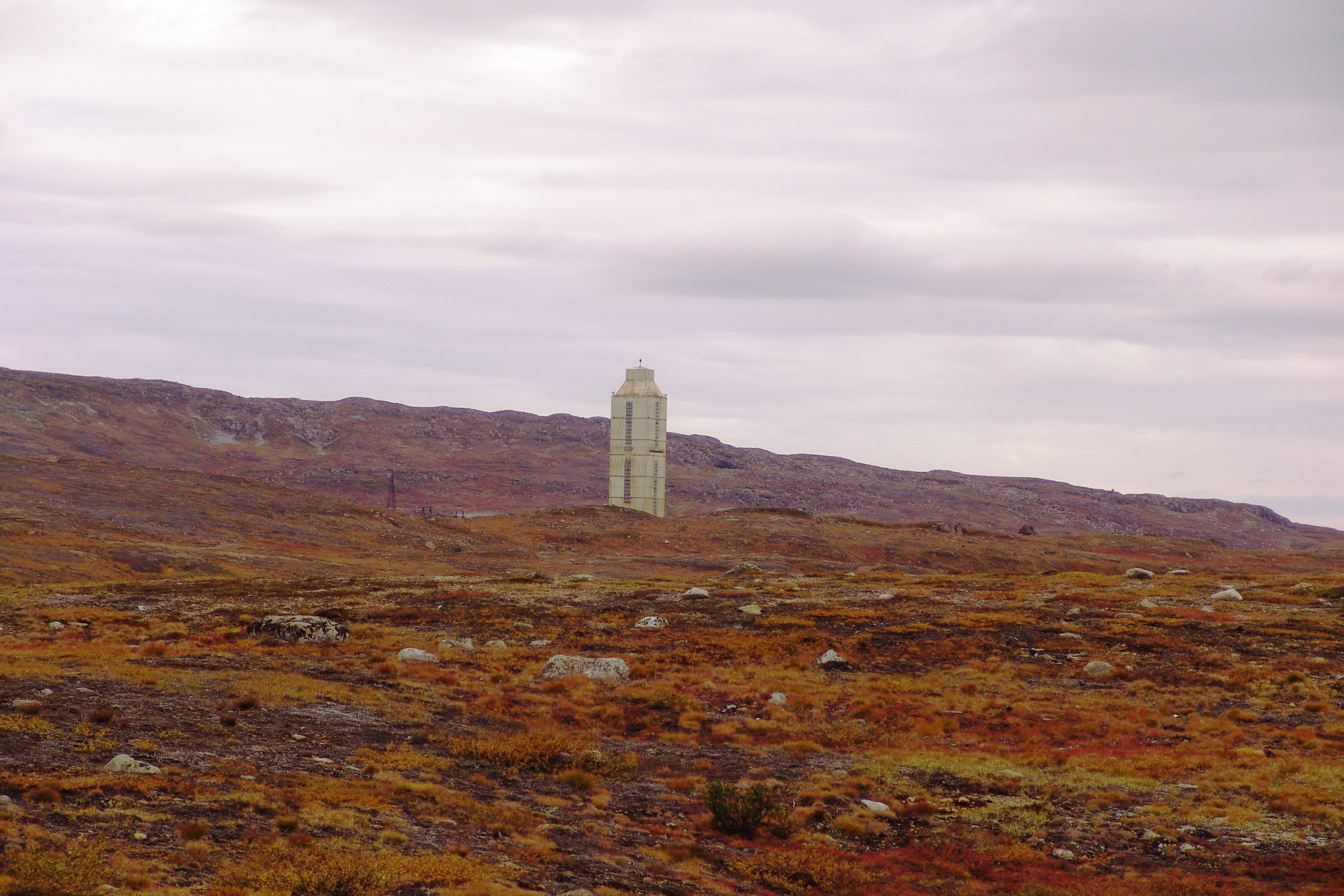
The Soviets planned the Kola Superdeep Borehole, which started drilling in May of 1970. The borehole is located 155 miles north of the Arctic Circle on the Kola Peninsula of Murmansk province, Russia, near the Finland and Norway borders. This remote location was chosen specifically for its geological properties rather than convenience.
Drilling penetrated about a third of the way through the Baltic Shield of the continental crust, estimated to be around 35 kilometres deep. The Baltic Shield represents some of the oldest and most stable rock formations on Earth. Scientists hoped this ancient geological foundation would provide the perfect window into our planet’s deep structure and early history.
Revolutionary Drilling Technology
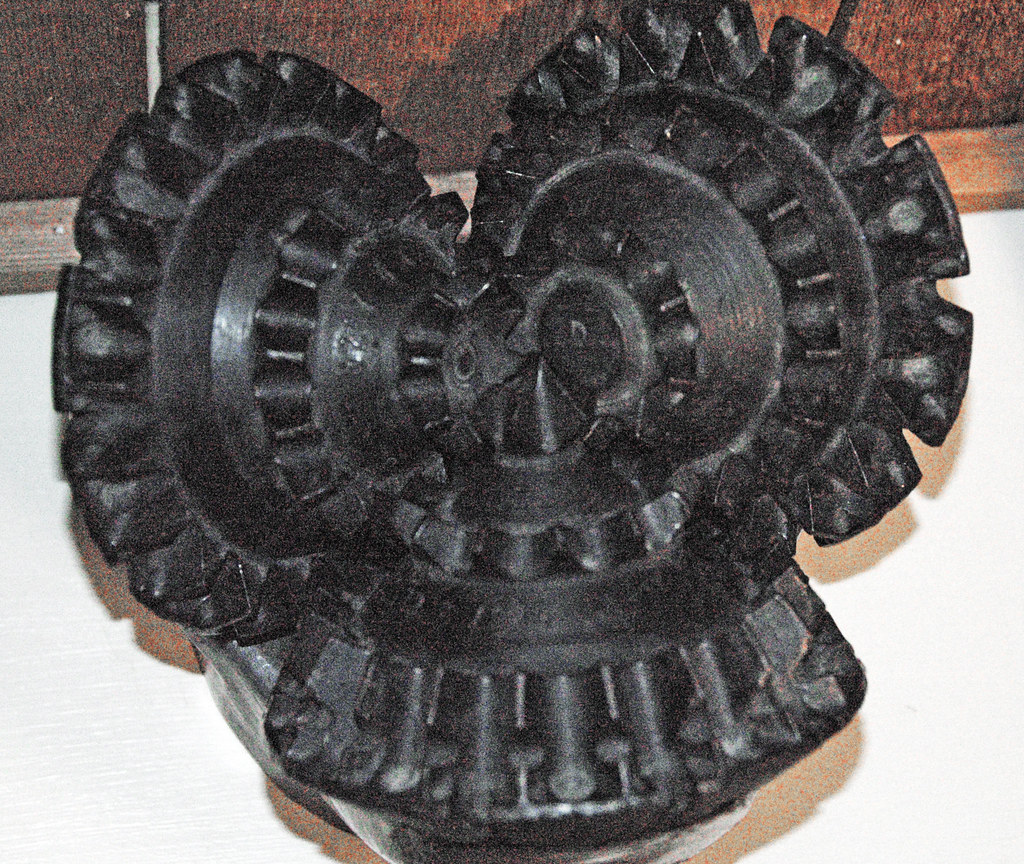
The trajectory of the hole was as vertical as possible to limit the torque on the drill string, but the project required the invention of a new type of drill bit. Previously, drilling was accomplished by twisting the entire drill pipe to turn the bit, but the drill string weight for this hole would be over a million pounds.
Russian scientists invented a rotary bit that spun at the end of the drill pipe. This breakthrough allowed the drill pipe to slide down the hole while pressurized drilling mud caused the bit to spin independently. The innovation was essential because traditional drilling methods simply couldn’t handle the extreme depths and weights involved. Geophysical logging tools capable of withstanding the incredible pressures and temperatures in the borehole also had to be developed.
The Structure: More Than One Hole
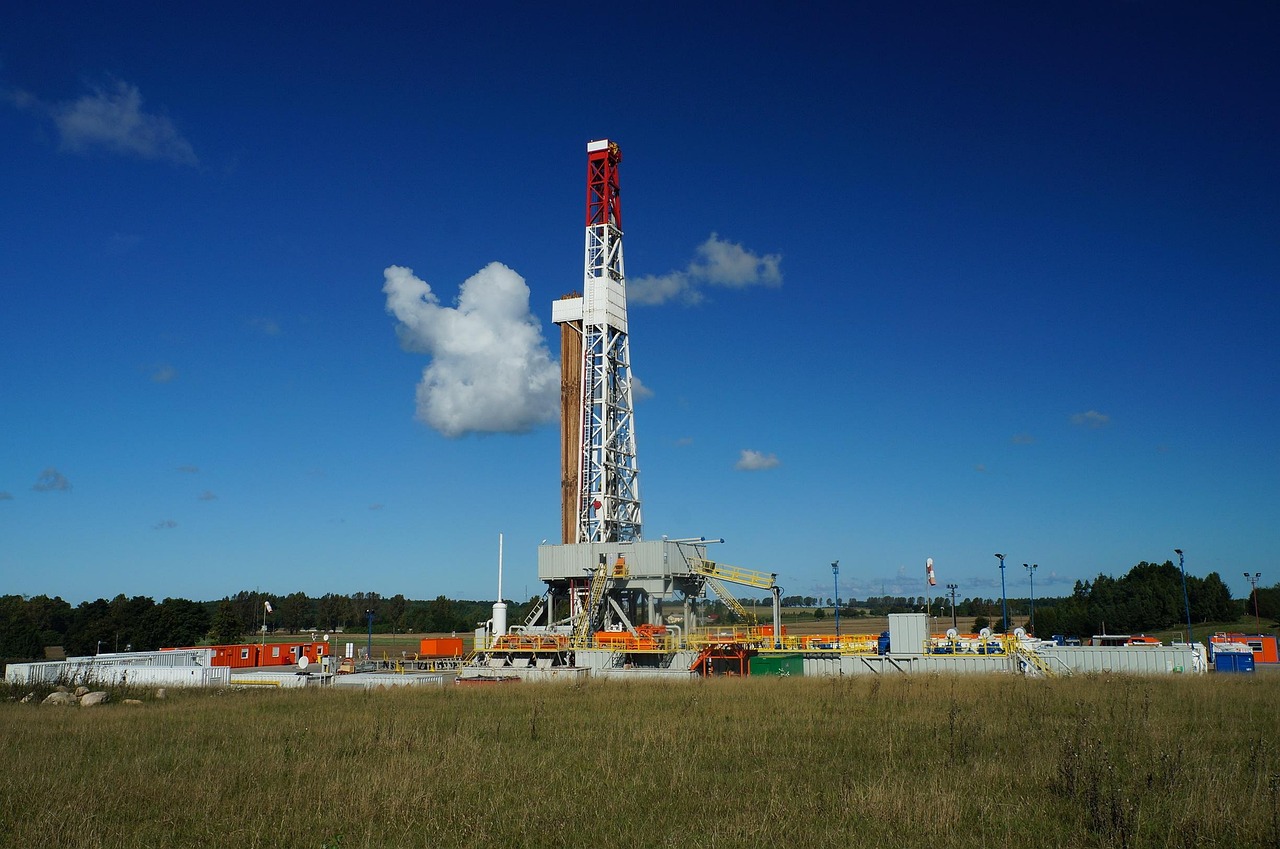
The Kola Borehole is a series of boreholes, not just one. Several boreholes were drilled there, the deepest reaching its record depth in 1989. This borehole is called SG-3 and is the deepest in the world. A total of five 23-centimetre-diameter boreholes were drilled, two branching from a central shaft and two from one of those branches.
The deepest hole is called “SG-3,” and though just nine inches in diameter, it extends down a staggering 7.5 miles. That’s roughly a third of the way through the Baltic continental crust. Think about that for a moment: despite all this engineering prowess and two decades of drilling, they only managed to penetrate about one-third of the Earth’s outermost layer. It really puts our planet’s scale into perspective.
Unexpected Discovery: The Missing Basalt Layer
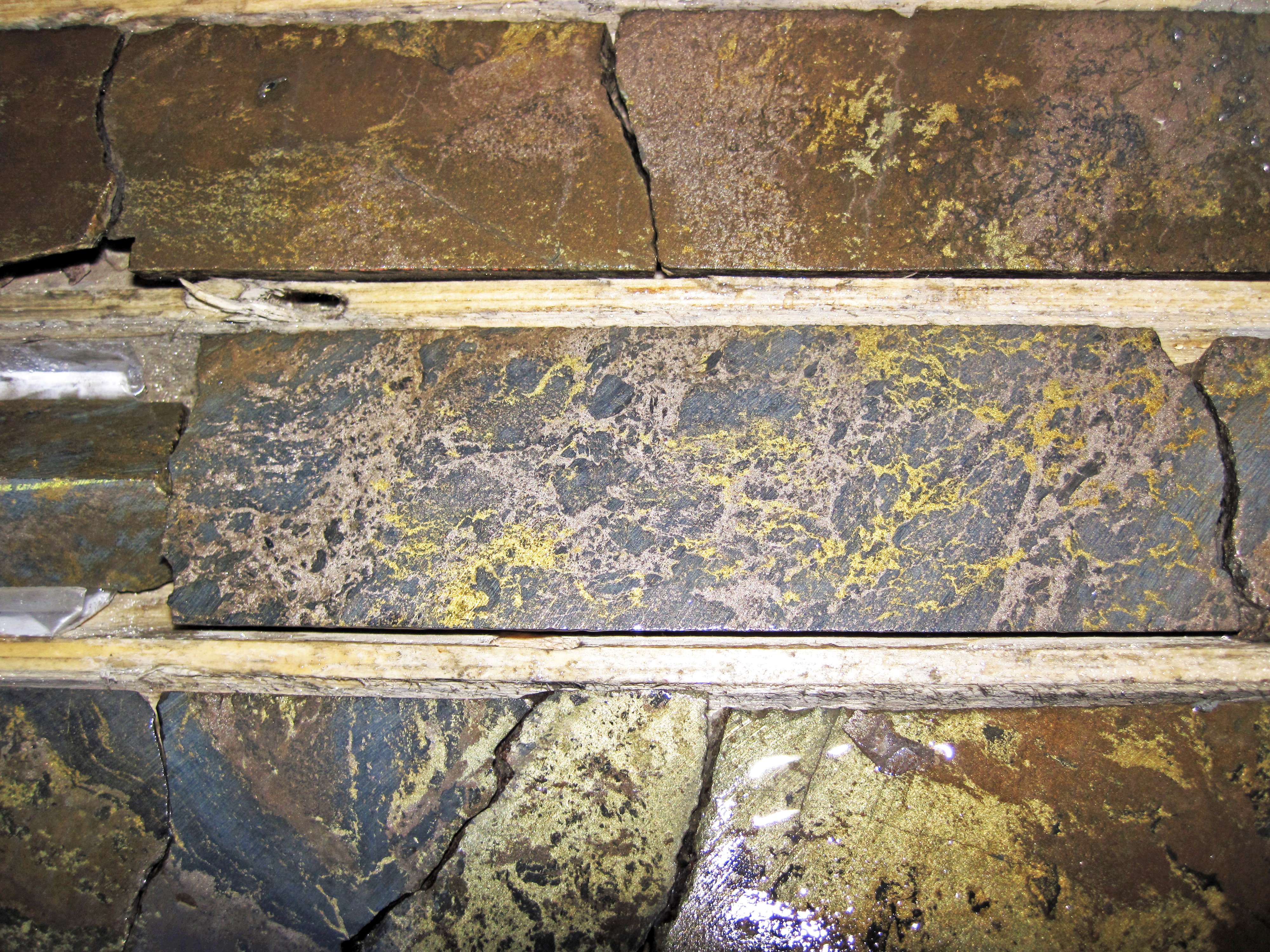
During the drilling process, the expected basaltic layers at 7 kilometres down were never found, nor were basaltic layers at any depth. There were instead more granites, deeper than predicted. This discovery completely overturned scientific expectations about the Earth’s crustal structure.
Scientists were blown away that there was no transition from granite to basalt, a boundary geologists call “Conrad discontinuity,” which was reasoned to exist based on results of seismic-reflection surveys. Seismic suggested that at 9,000 metres the granite would give way to basalt. It doesn’t. The seismic anomaly that suggested basalt was caused by metamorphosed granite instead. This finding helped support the emerging theory of plate tectonics, showing that continental crust is fundamentally different from oceanic crust.
Water Where It Shouldn’t Exist
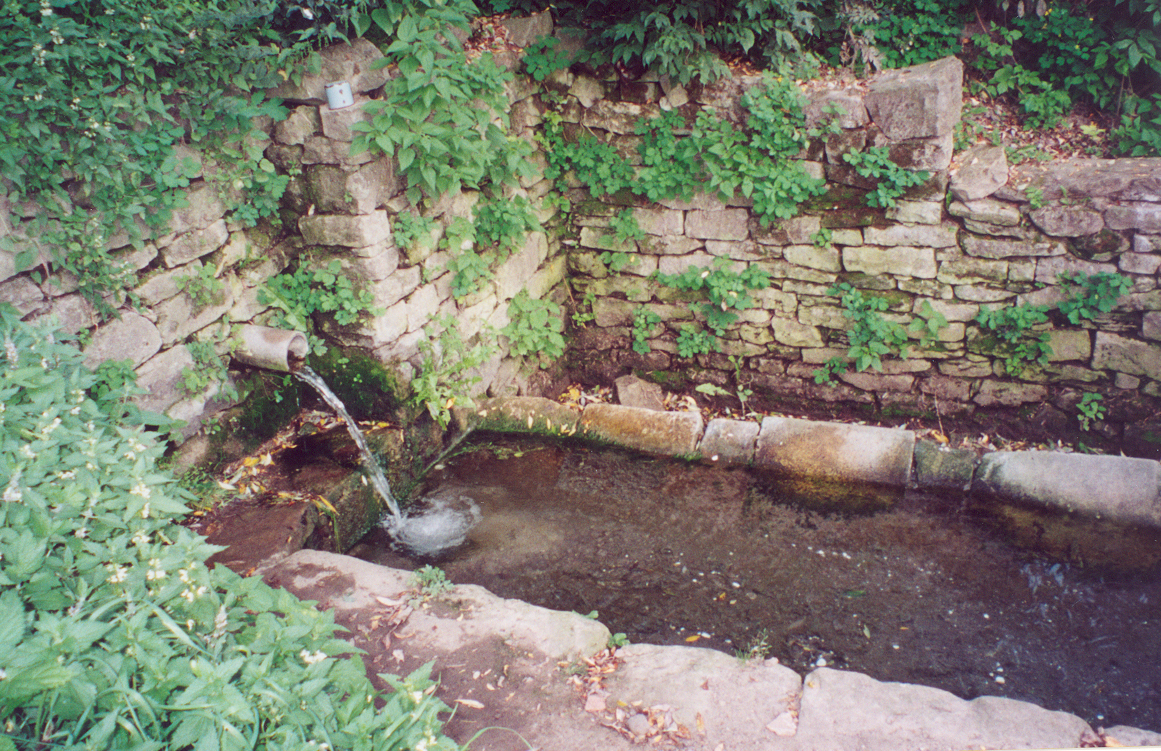
Another discovery was liquid water far deeper than they had previously thought could exist. Scientists discovered the occurrence of open saline water-filled cracks documenting that the crust is not dense but that pathways exist allowing fluids to flow. Researchers suspected that the water may have been squeezed out of rock crystals by the incredibly high pressure within Earth.
At this boundary, to the Soviet’s complete surprise, they found intensely fractured rock filled with hot mineralized water. The chemistry of the water suggests that it originated from mineral reactions in the crustal rocks trapped by an impermeable layer. This discovery revolutionized our understanding of the Earth’s hydrological cycle and suggested that water circulation extends much deeper into the planet than anyone had imagined.
Ancient Life in the Deep
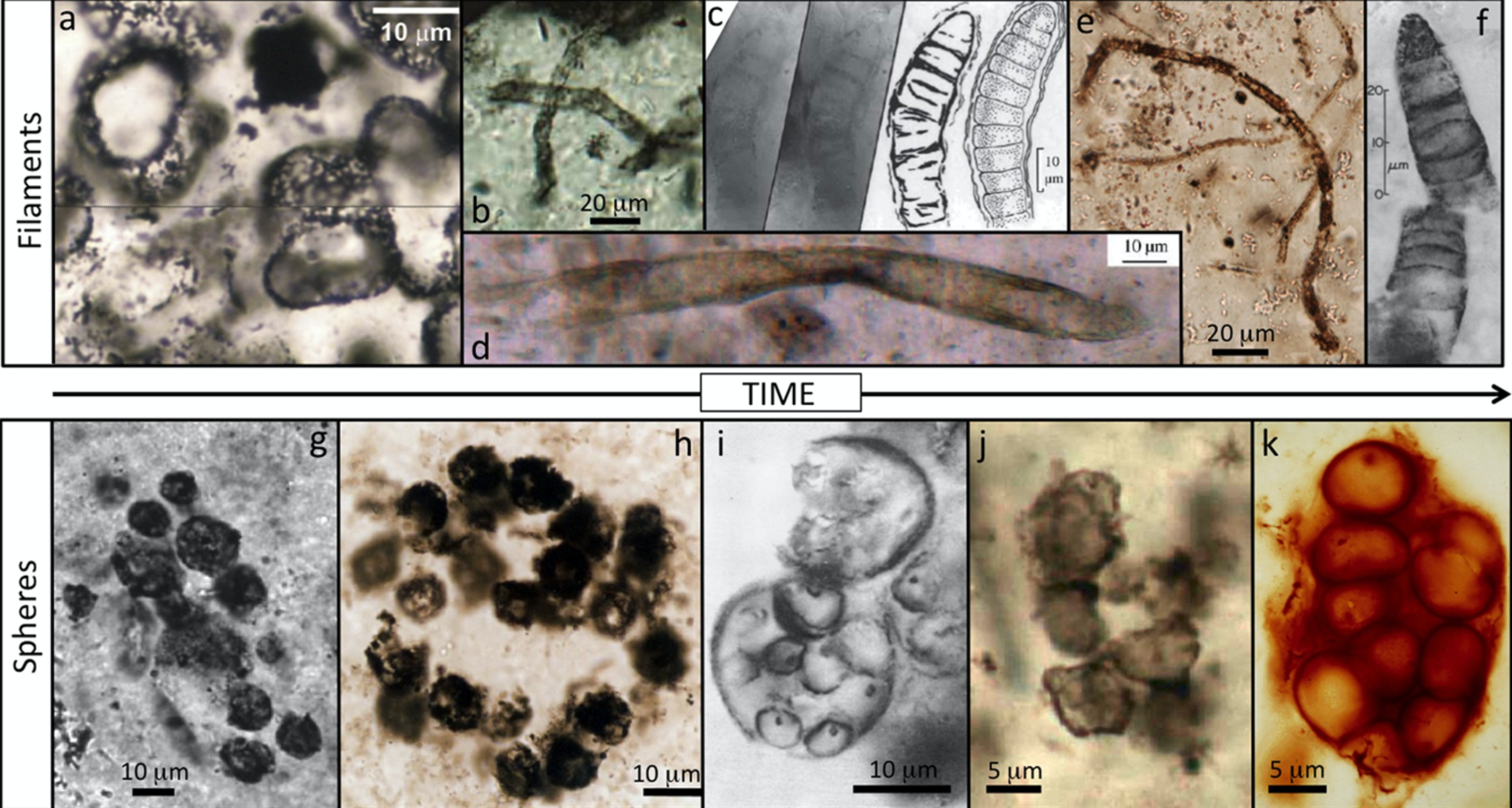
One of the most surprising findings was the discovery of evidence of early life. At around 3.7 miles depth, microscopic plankton fossils were recovered from the borehole samples. These rocks would be about 2 billion years old, making them some of the oldest fossils ever discovered on Earth.
The clearest evidence of life came in the form of microscopic fossils encased in organic compounds that remained surprisingly intact despite the extreme pressures and temperatures of the surrounding rock. Finding these ancient microfossils at such depths challenged our assumptions about where life could exist and how organic material could survive under extreme conditions. The rocks at the bottom of the hole were 2.7-billion-year-old Precambrian granites.
Gases From the Deep
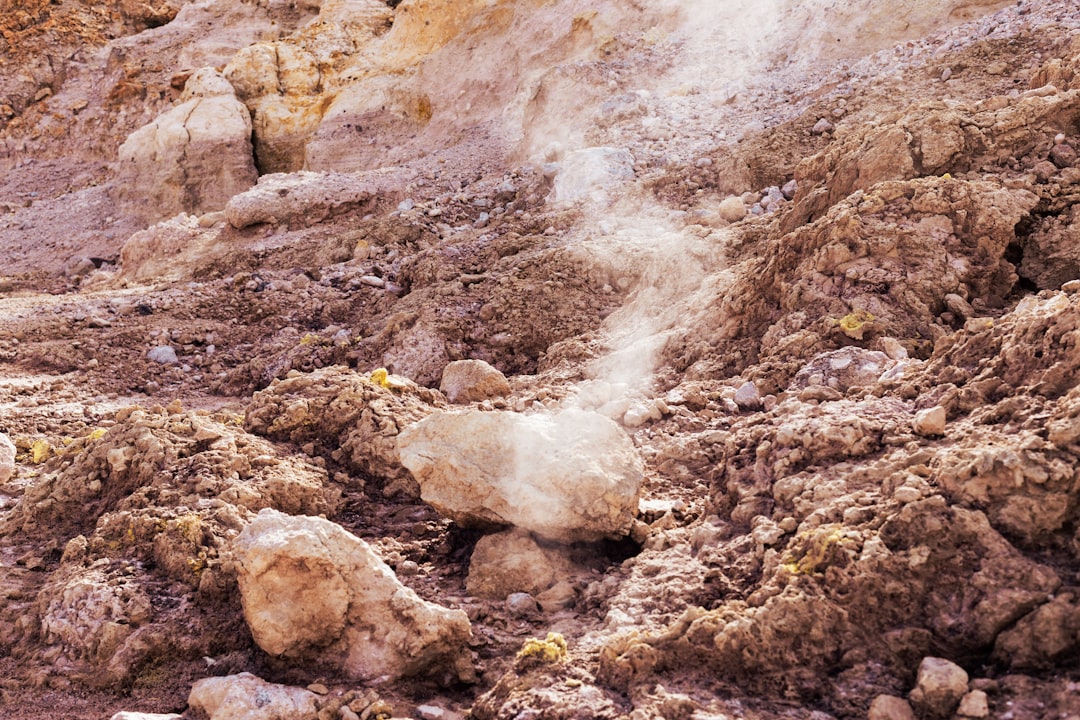
Unexpectedly, helium, hydrogen, nitrogen, and even carbon dioxide from microbes were found all along the borehole. Another interesting discovery was the presence of large amounts of hydrogen gas at depth. The drilling mud that flowed from the borehole was described as “boiling” with hydrogen.
Most of this gas was probably created through a process called serpentinization. This is the process of hot water in the Earth’s crust altering minerals in rocks, transforming iron-magnesium silicates such as olivine, pyroxene, or amphiboles contained in ultramafic rocks into serpentine minerals. These gas discoveries provided new insights into the chemical processes occurring deep within our planet and the complex interactions between water, minerals, and geological structures.
The Heat That Stopped Everything
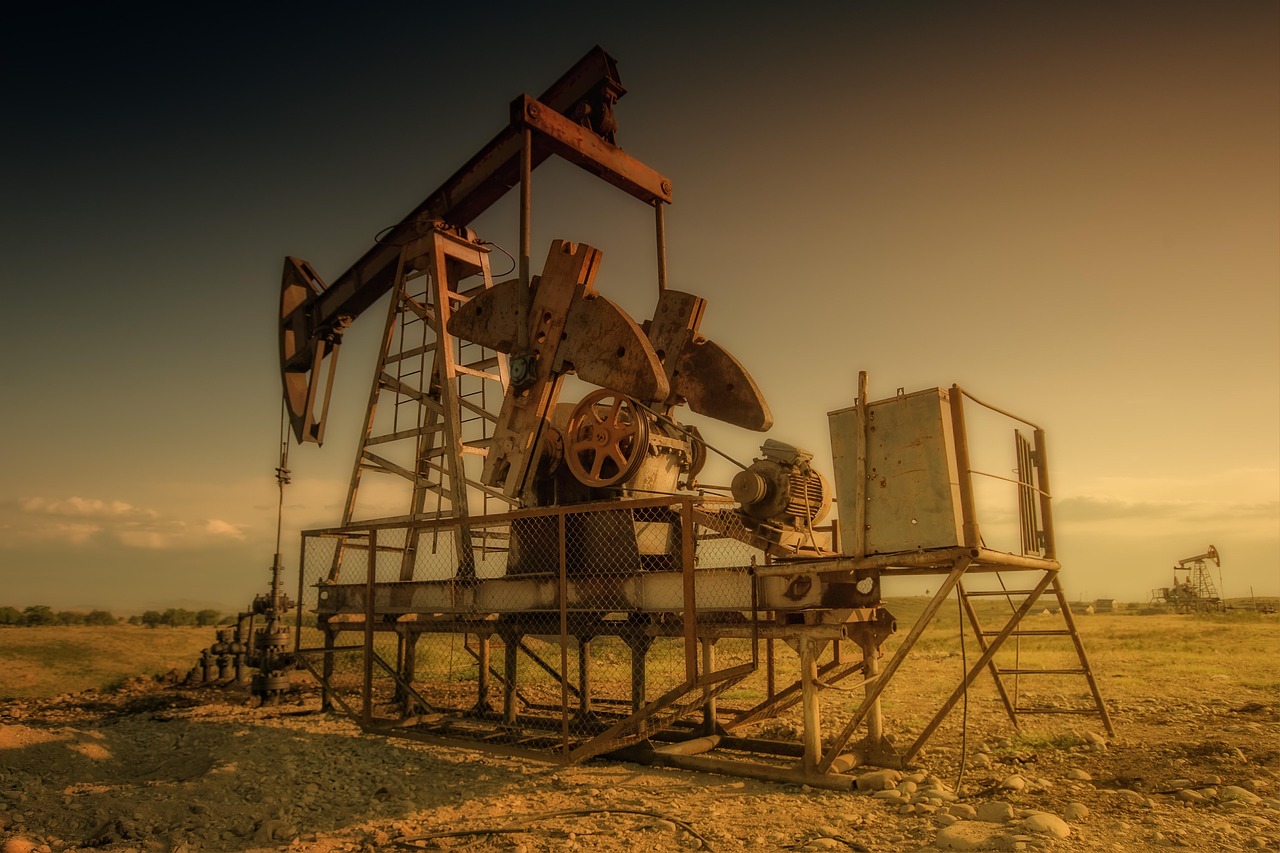
The Kola Borehole was abandoned in 1994 after drilling encountered temperatures of 356 degrees Fahrenheit, exceeding the expected 212 degrees Fahrenheit. This surprisingly high temperature is caused by the heat flow from the much hotter mantle below the Earth’s crust. This was almost twice as hot as they’d predicted.
At these depths, the rock density means that it acts more like a thick plastic than rock, making drilling almost impossible. Engineers discovered that the rock had much more porosity and permeability. That, paired with the extremely high temperatures, made the rock behave more like a plastic than a solid, rendering drilling virtually impossible. The combination of heat and plasticity meant that every time they pulled out the drill bit for maintenance, the hole would partially close, forcing them to re-drill sections repeatedly.
The End of an Epic Journey
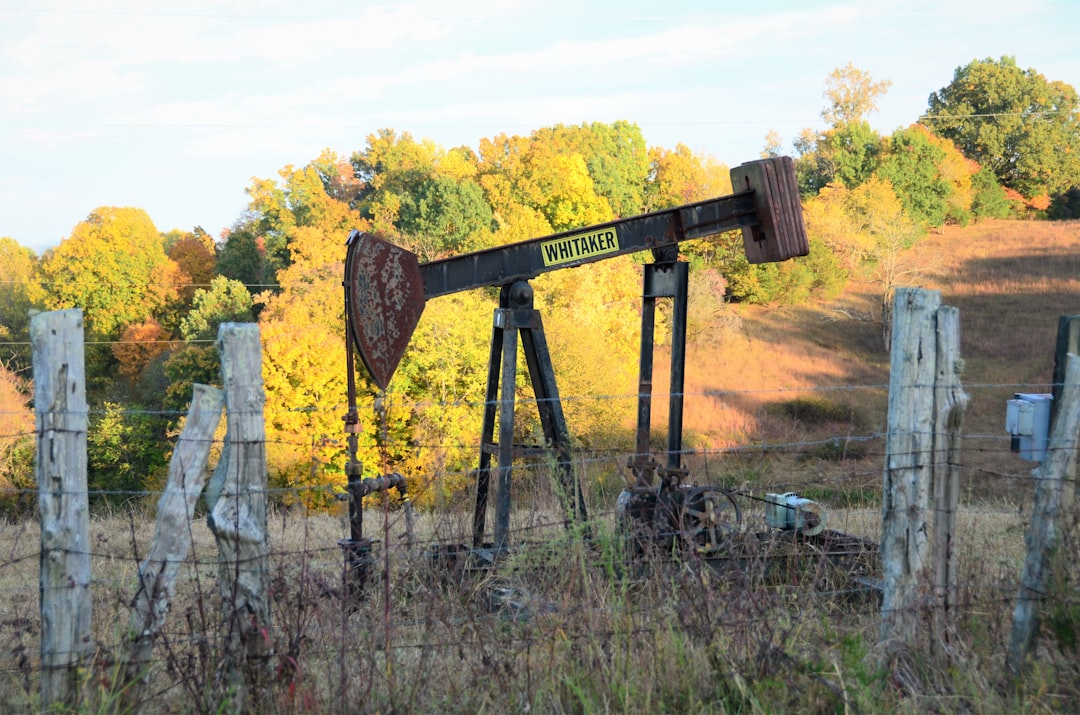
The temperature was beyond the capabilities of their equipment, but the Soviets kept trying to deepen the well to the 15-km objective. They tried until 1994, but could never get deeper than the depth reached in 1989. The project actually ended when the Soviet Union fell and funding evaporated.
The drilling ended in 1994 due to a lack of funding. The scientific team was transferred to the federal state unitary subsidiary enterprise “Kola Superdeep,” downsized, and given the new task of thoroughly studying the exposed section. In 2007, the scientific team was dissolved and the equipment was transferred to a private company and partially liquidated. In 2008, the company was liquidated due to unprofitability, and the site was abandoned. Today, the site sits abandoned, with only a small metal cap marking the entrance to humanity’s deepest journey into Earth.
Conclusion

The Kola Superdeep Borehole remains an iconic scientific venture – often dubbed “the deepest hole in the world.” To this day, no other borehole has penetrated deeper vertically into the Earth. Though it never reached its goal of 15 kilometers or made it to the mantle, this ambitious project fundamentally changed our understanding of what lies beneath our feet.
The discoveries made during those twenty-four years of drilling continue to influence geological science today. From unexpected water circulation patterns to ancient fossils surviving in impossible conditions, from missing rock layers to gases bubbling up from the deep, the Kola project reminded us that Earth still holds countless mysteries. Sometimes the most profound discoveries happen not when we reach our destination, but when we learn why we couldn’t get there in the first place.
What do you think about humanity’s deepest journey into our own planet? Tell us in the comments.

